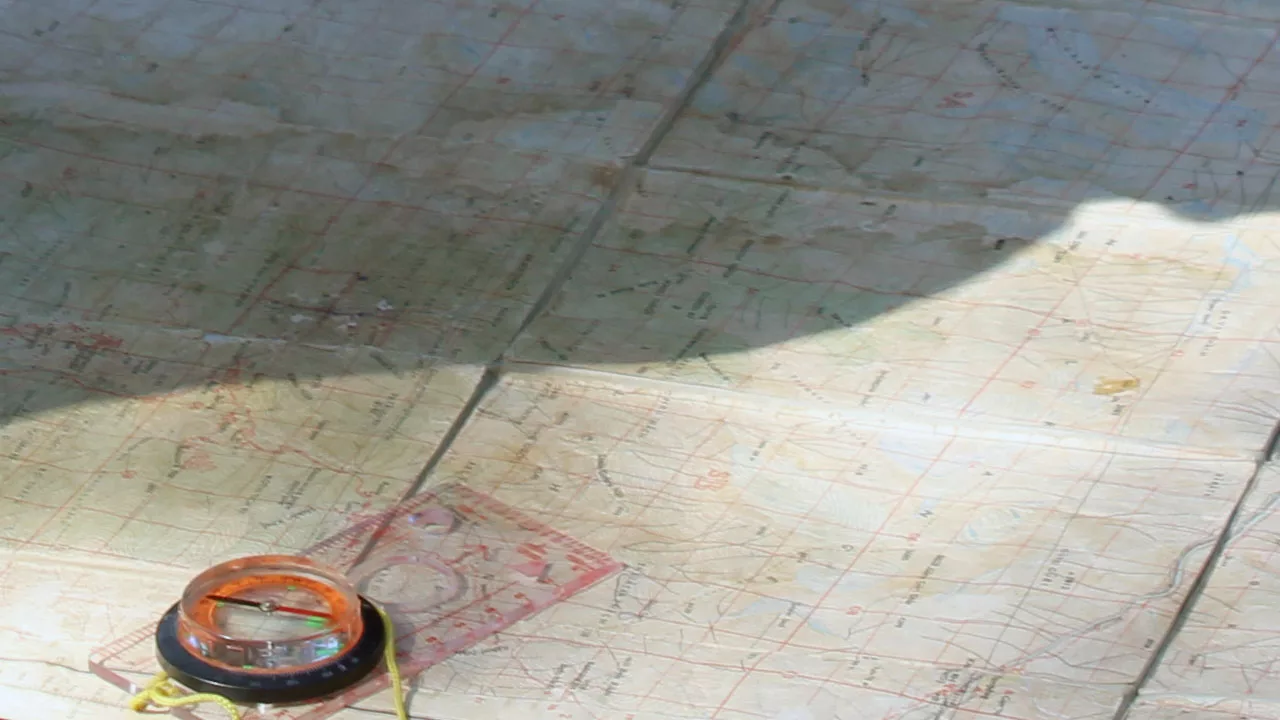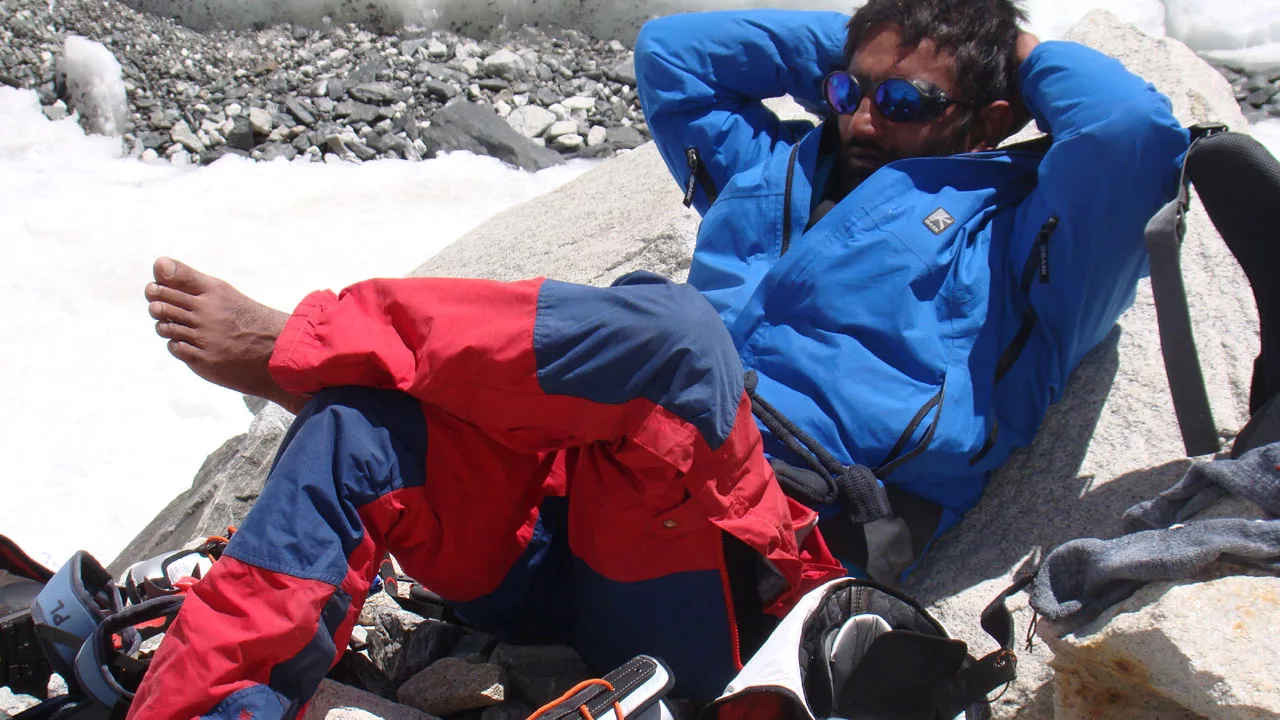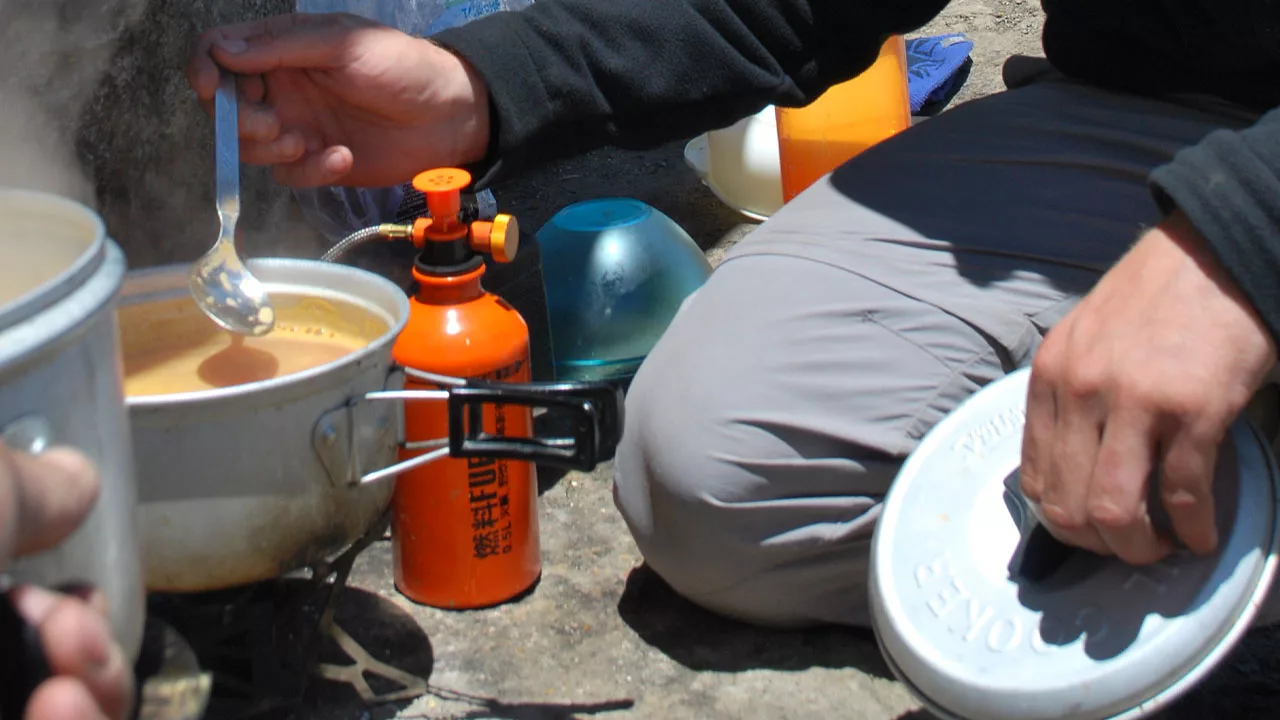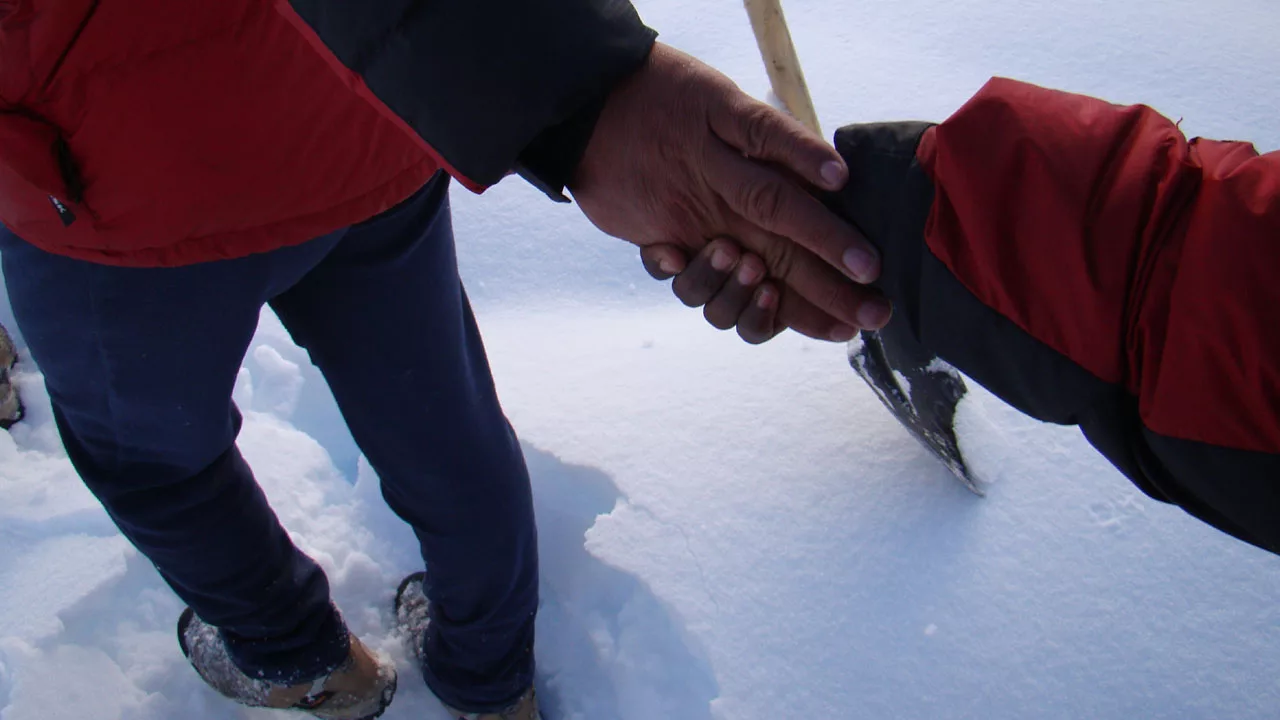Planning for Alpinism
Knowledge Base
Planning for Alpinism: Start with your research, and ask others who have previously visited the location. Map out your journey with escape routes. What do you need for a successful trip in terms of gear, food, potters etc? Which companion is the greatest match for you on this trip?
Gear up for Alpinism
For successful planning for alpinism, you need to gear up right. That means you will need the right backpack, clothing, and gear that can help you tackle the challenges and obstacles on the way up. Backpack – You will need a backpack that supports your body weight, has a proper and efficient ventilation system, and should be able to be loaded with the right amount of weight. Clothing – The clothing you need for alpinism will depend on the type of mountain and season you are climbing in. You need to pack clothing that can protect you from both cold and heat and can be breathable too. Gear – Other gears like crampons and ice axe accompany you on the way up and help you in climbing and descending from the mountain. You will also need a good pair of trekking shoes, a helmet, and ice-climbing tools.

Always carry a map and compass
While planning for an alpinism trip, it is imperative that you always carry a map and a compass. You will be climbing in unfamiliar, wild terrains and need to know the route taken and the nearest exit routes. A map can help you in finding your position, the location of your camp, the nearest water bodies, and other important landmarks. A compass is equally important as it helps you in navigating to the right path and can help you in identifying the directions.

Carry food that is high in energy and easy to digest
You will be climbing and trekking for long hours in the mountains. To keep up with the pace, you need to eat food that is high in energy and easy to digest. You can opt for energy bars, nuts, and dried fruits to keep you going. However, make sure you don’t eat too much of these as they may give you indigestion if taken in excess.

Stay hydrated
Water is the most important thing while in the mountains. You must stay hydrated throughout the trip. Drink water before you get thirsty and don’t wait till you feel the pangs of thirst to drink water. You can also mix a mild sports drink powder in water which will help you stay hydrated and keep you going. Make sure you don’t take too much water before starting the trip as it can be a hindrance during the trip.

Protect your feet at all times
Your feet are your most important gear when on an alpinism trip or planning for alpinism. Always carry a good pair of trekking shoes that can protect your feet from stones, dust, and mud. Don’t wear broken or old shoes on the trip as it may lead to infection and leave your feet swollen. Also, make sure you keep your feet dry and change your socks after every 2-3 hours. While on the trek, make sure you walk with your feet pointing downward. You can also apply a foot balm to keep your feet hydrated.

Don’t be afraid of putting on weight before the trip
You may have heard people saying that you should try to lose as much weight as possible before the trip. While that may be true for other sports, it isn’t necessarily true for alpinism. You may want to put on a little bit of weight before the trip. This is because the extra weight will help stabilize your joints and make your climb safer and easier. Just make sure you don’t put on too much weight so that it becomes a hindrance to you while climbing.

Conclusion: Planning for Alpinism
Alpinism is one of the most thrilling sports. It can be dangerous too, but if you follow the tips and rules mentioned above, you can be safe and successful in alpinism too. So, gear up for alpinism, and go conquer your mountain. However, remember that no mountain can be conquered without discipline and preparation. So, follow these tips and make your next alpine-style trip a successful one.
